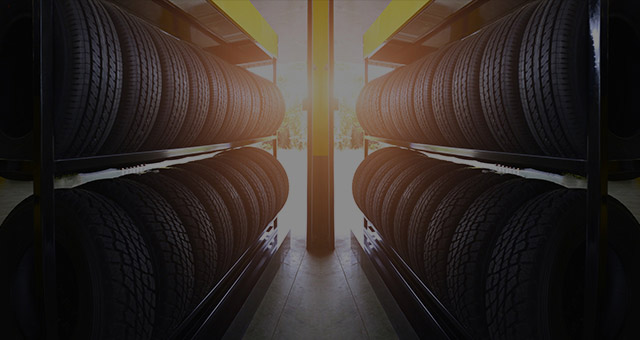Tire Service: Recognizing Tire Stress Surveillance Equipments
Understanding Tire Pressure Tracking Systems (TPMS) is a crucial element of keeping optimum vehicle performance and safety on the road. With advancements in automobile modern technology, TPMS has come to be a typical feature in modern-day cars, supplying real-time information on tire pressure levels.

Importance of TPMS
The importance of Tire Pressure Monitoring Solutions (TPMS) hinges on their ability to improve vehicle security and performance with real-time tracking of tire stress levels. Preserving the right tire stress is important for ensuring ideal handling, stopping, and total safety and security of a vehicle. TPMS provides drivers with prompt feedback on any overinflated or underinflated tires, permitting timely adjustments to be made.
Parts of TPMS
Sensing units are typically situated in the tire shutoff stem or attached to the wheel setting up, where they determine tire stress and transmit data to the control module. Some advanced TPMS designs additionally display the actual tire stress readings for each tire, giving chauffeurs with real-time info to guarantee optimal tire performance and security. By monitoring tire stress constantly, TPMS aids prevent crashes, reduces tire wear, and boosts gas effectiveness, making it a vital component for vehicle security and efficiency. discount tires morris il.
Kinds of TPMS

On the other hand, indirect TPMS counts on the automobile's wheel rate sensing units to check tire stress. This system finds underinflation by contrasting the rotational rates of the wheels. Indirect TPMS is less pricey than direct TPMS, as it uses existing sensing units within the lorry.
While direct TPMS provides a lot more accurate analyses, indirect TPMS is less complex in design and usually requires less maintenance. Both systems have their advantages and constraints, and the selection in published here between them commonly depends on factors such as price, vehicle make, and individual choice. Recognizing the distinctions between these 2 kinds of TPMS can help vehicle proprietors make notified decisions pertaining to tire upkeep and safety.
TPMS Upkeep Tips
Conduct regular checks on the tire pressure degrees and compare them with the TPMS readings to ensure they are regular. Throughout tire rotation or replacement, make sure that the TPMS elements are handled thoroughly to protect against any possible damage. If the TPMS warning light brightens on the dashboard, resolve the concern without delay by checking the tire pressures and the general system for any kind of mistakes.
Advantages of Appropriate Tire Pressure
Keeping proper tire stress, as emphasized in TPMS Maintenance Tips, is important for enjoying the many advantages connected with optimal tire stress levels. One of the primary benefits of keeping the right tire stress is boosted gas effectiveness. When tires are correctly inflated, there is much less moving resistance, causing better gas economic climate. Furthermore, appropriate tire pressure makes certain also tire wear, prolonging the life expectancy of the tires and promoting more secure driving conditions. With the appropriate tire stress, lorries additionally have better handling and grip, especially in unfavorable climate condition. This can boost general driving efficiency and security for the driver and Check Out Your URL passengers. Maintaining optimum tire stress can add to a smoother and a lot more comfortable experience by reducing resonances and sound triggered by underinflated tires. To conclude, the advantages of proper tire pressure exceed simply tire durability; they incorporate boosted gas effectiveness, enhanced safety and security, much better automobile efficiency, and overall driving convenience.
Conclusion
To conclude, recognizing tire stress tracking systems (TPMS) is crucial for preserving ideal tire pressure and guaranteeing vehicle security. By recognizing the value of TPMS, recognizing with its components, understanding the various types readily available, sticking to proper maintenance pointers, and understanding the advantages of keeping appropriate tire stress, vehicle drivers can enhance their driving experience and extend the lifespan of their tires. Correct tire pressure is key to reliable and risk-free lorry procedure.
